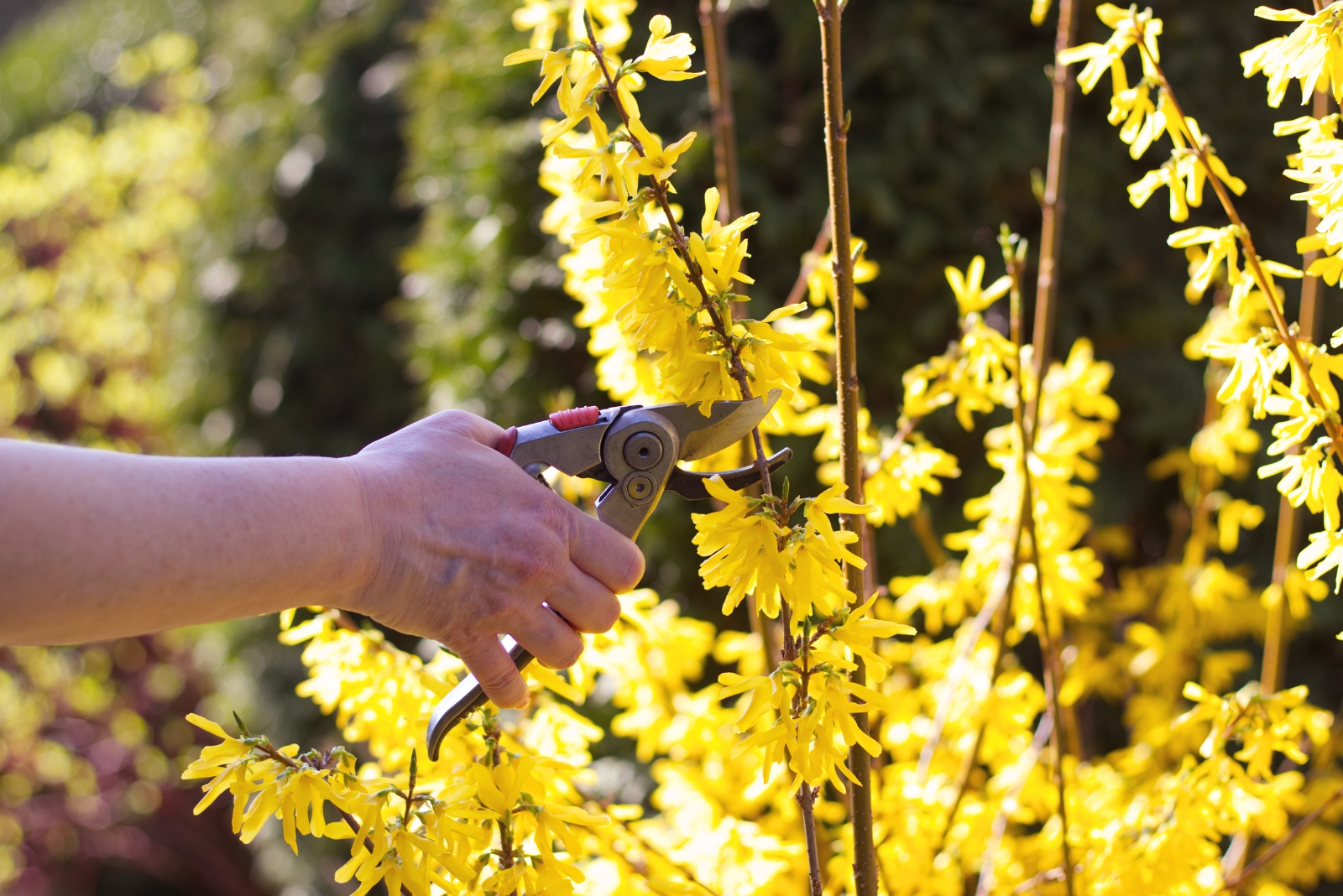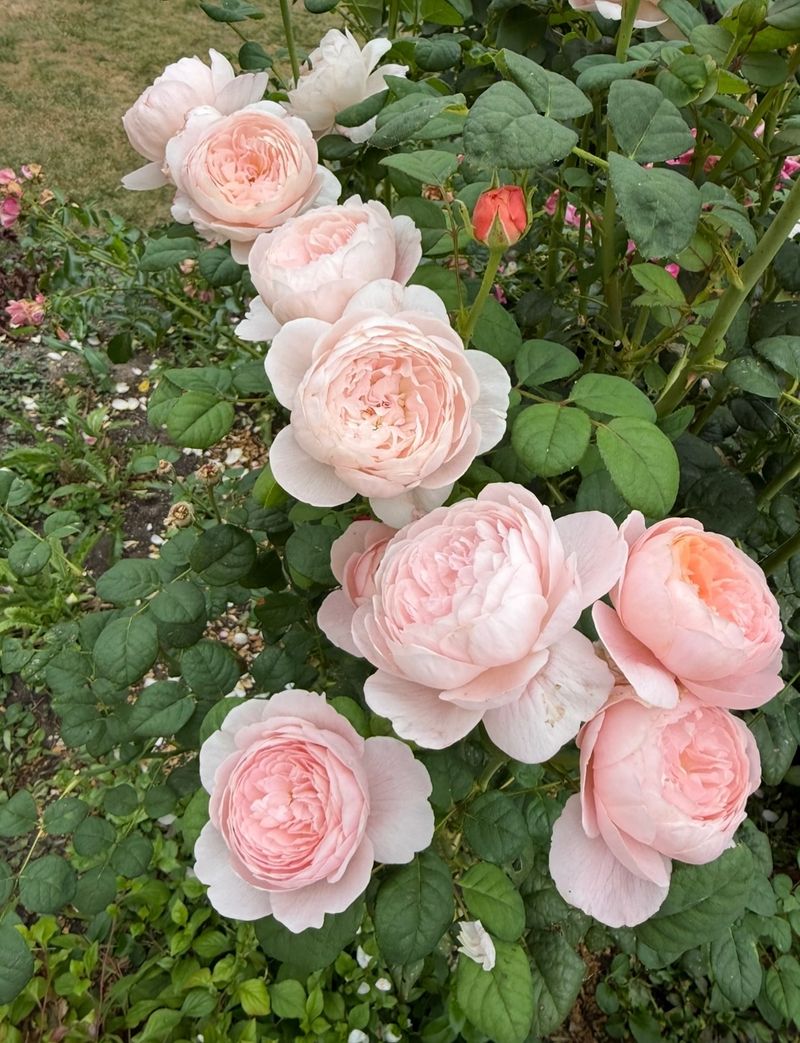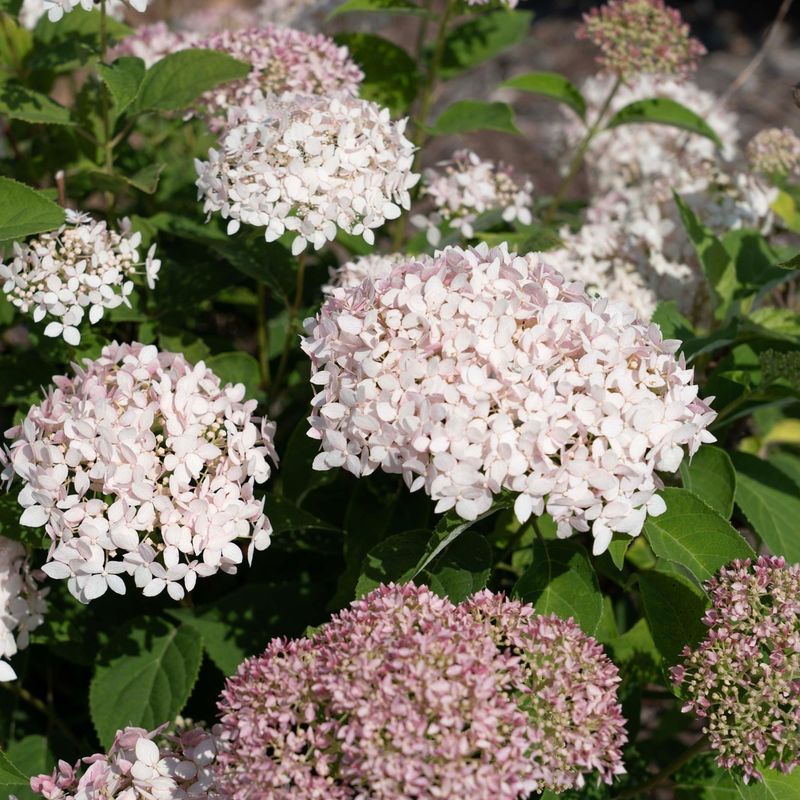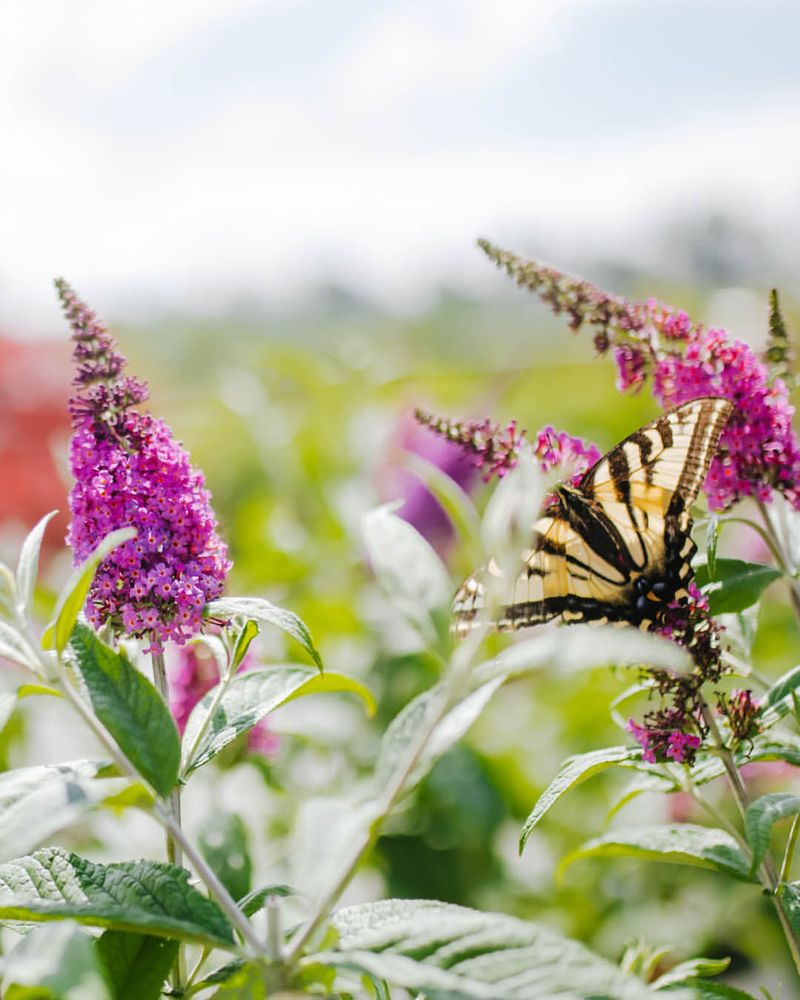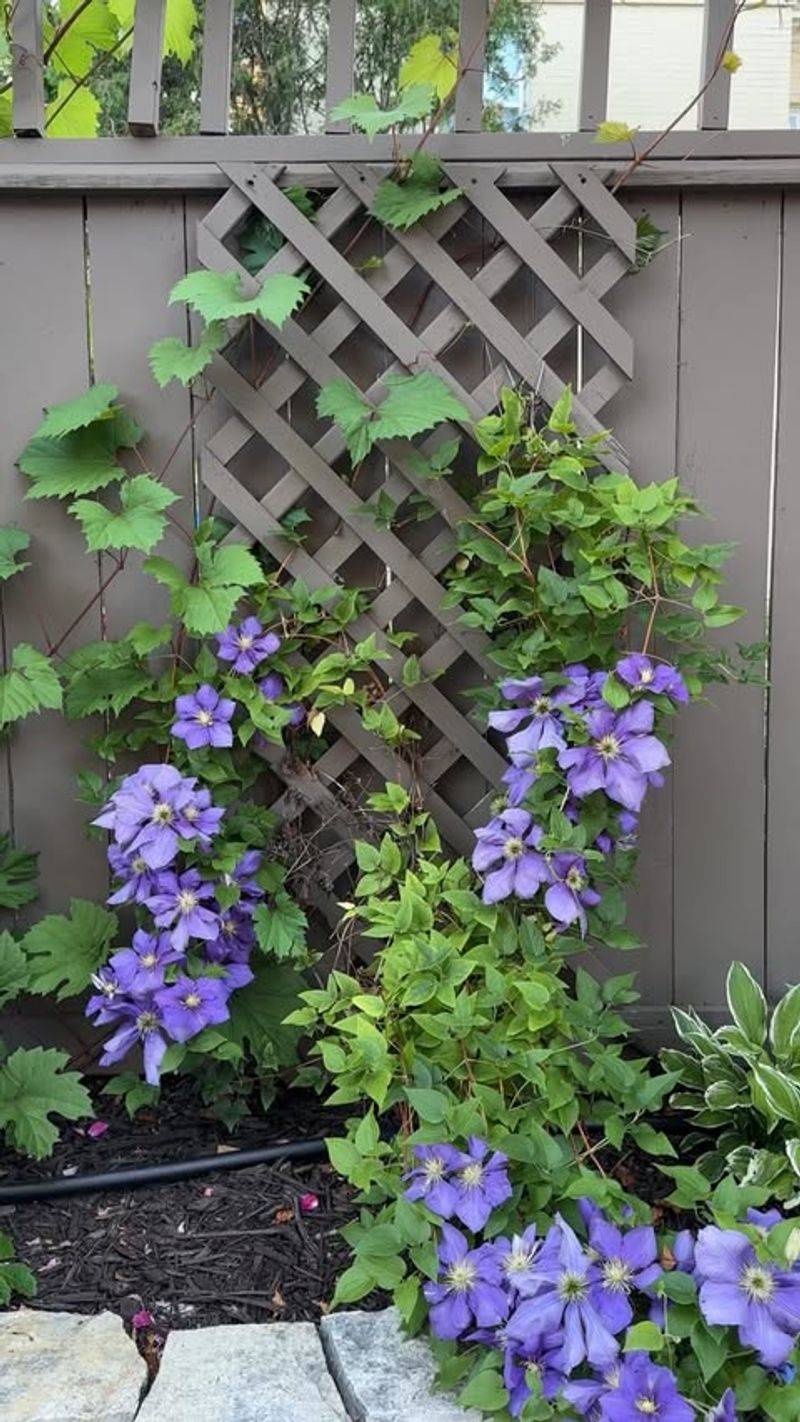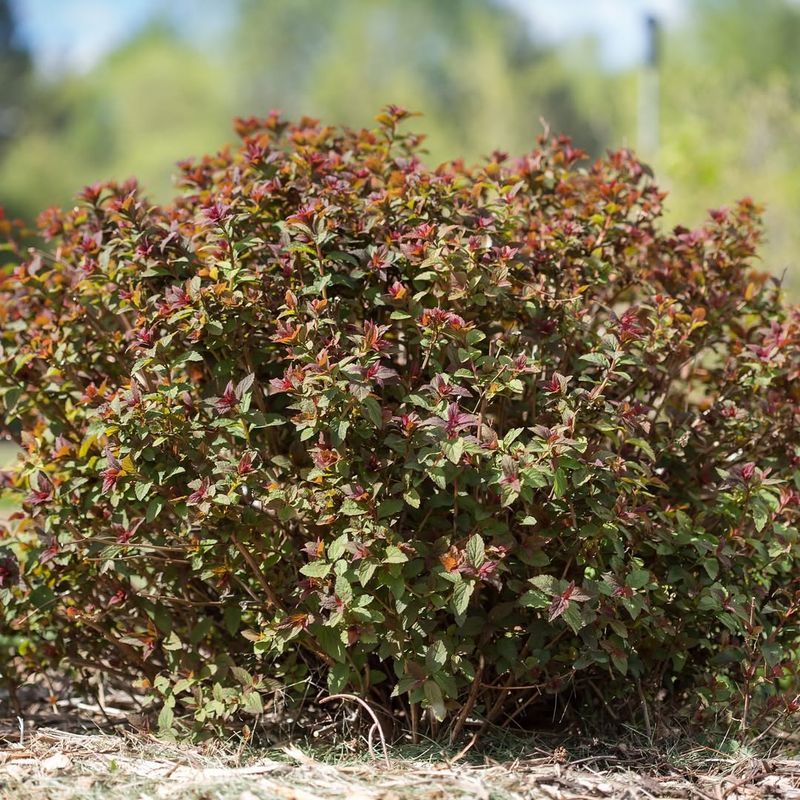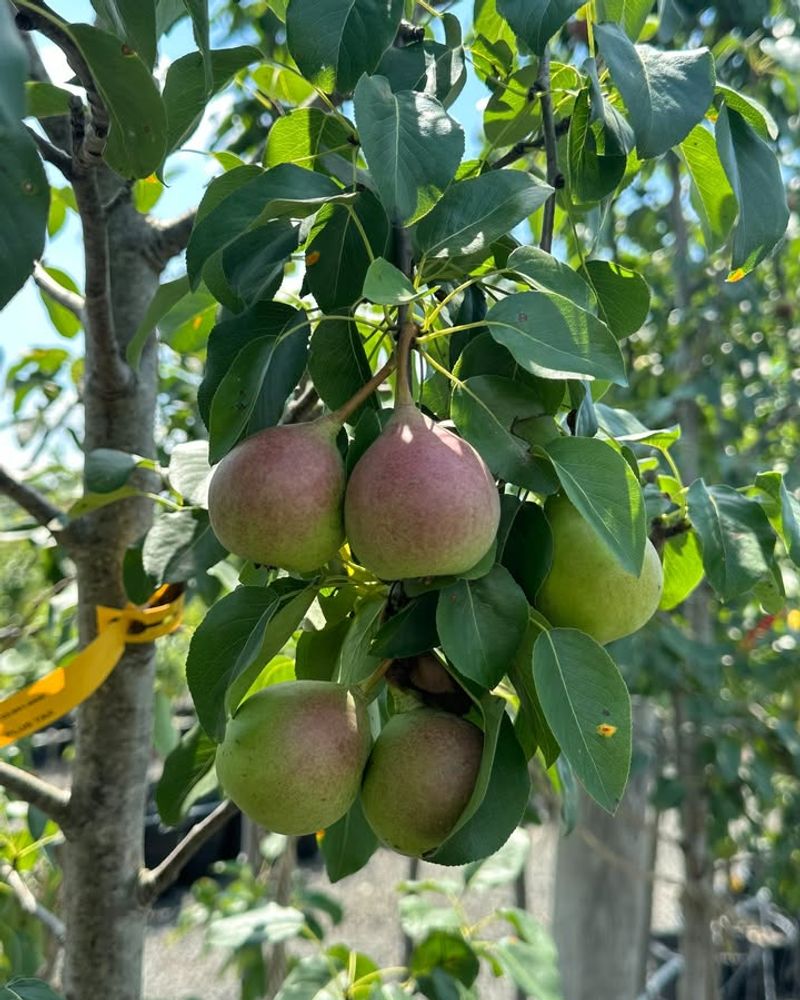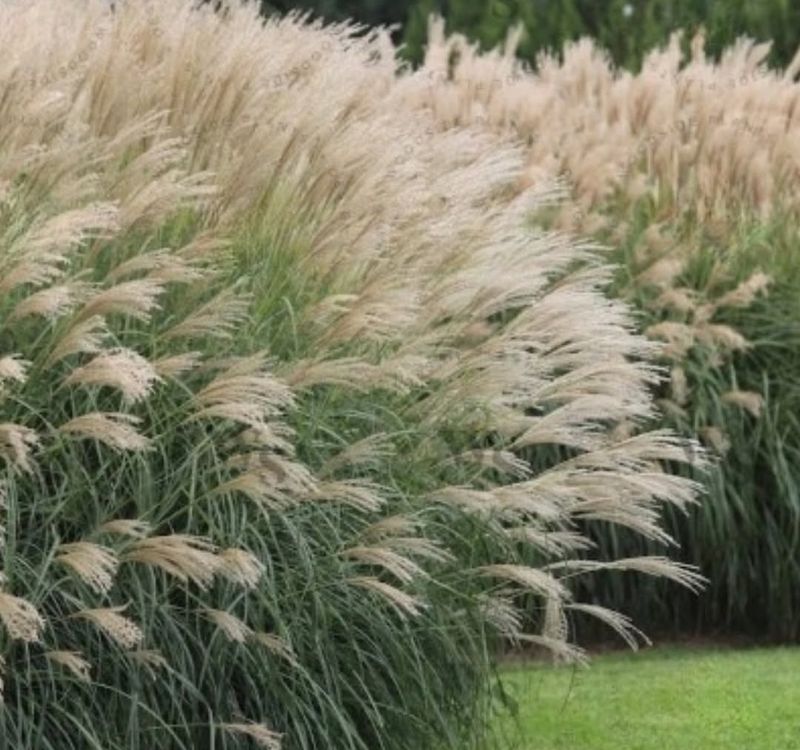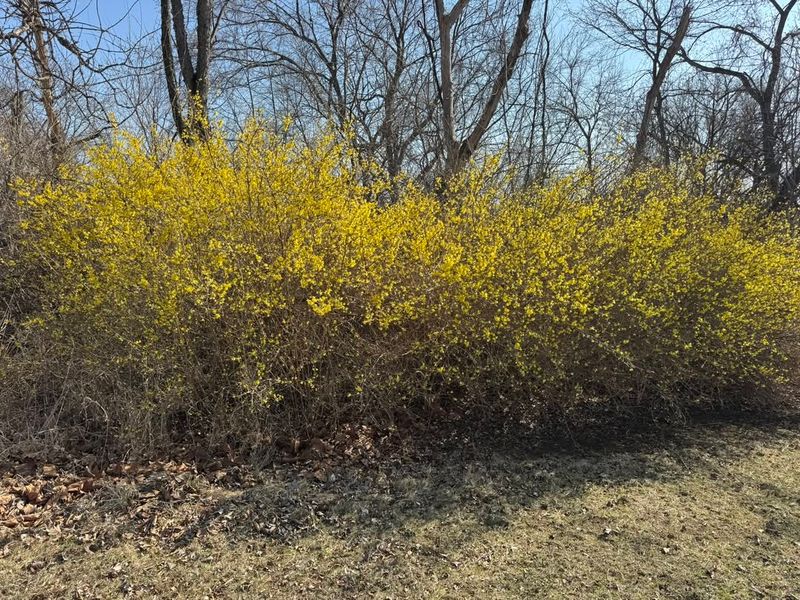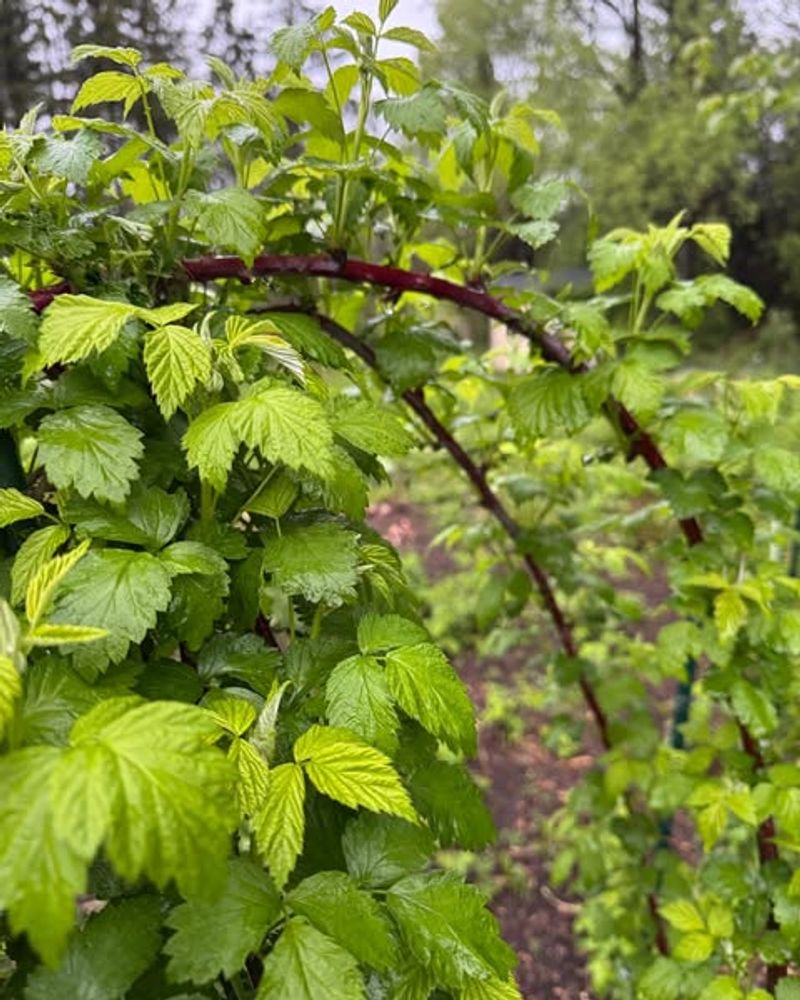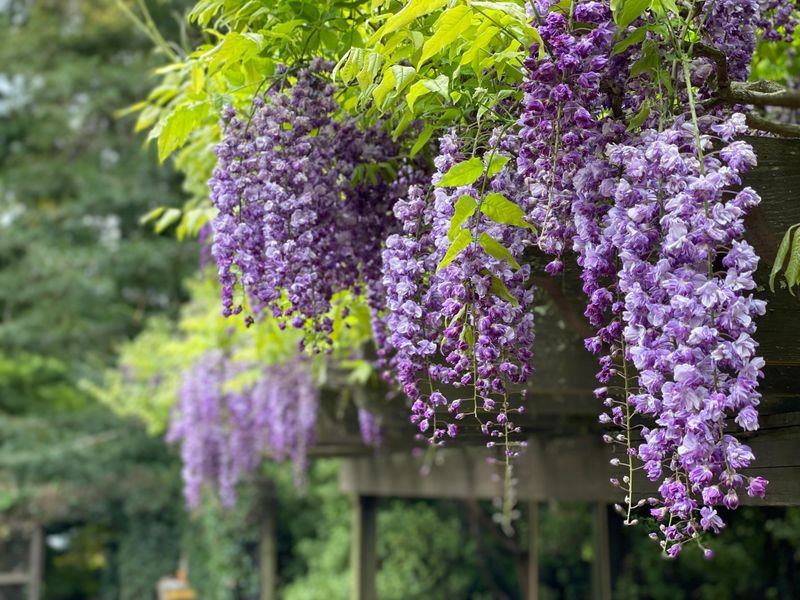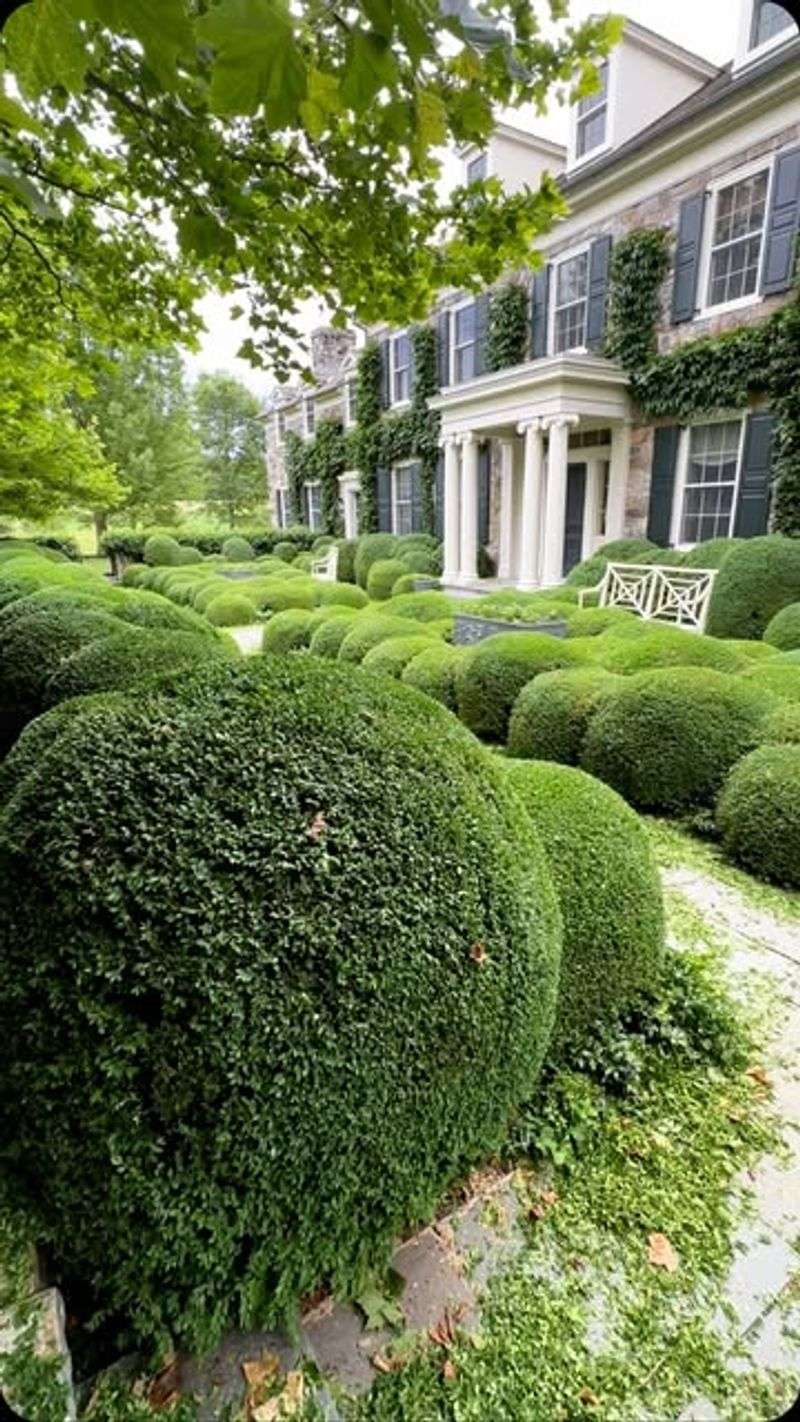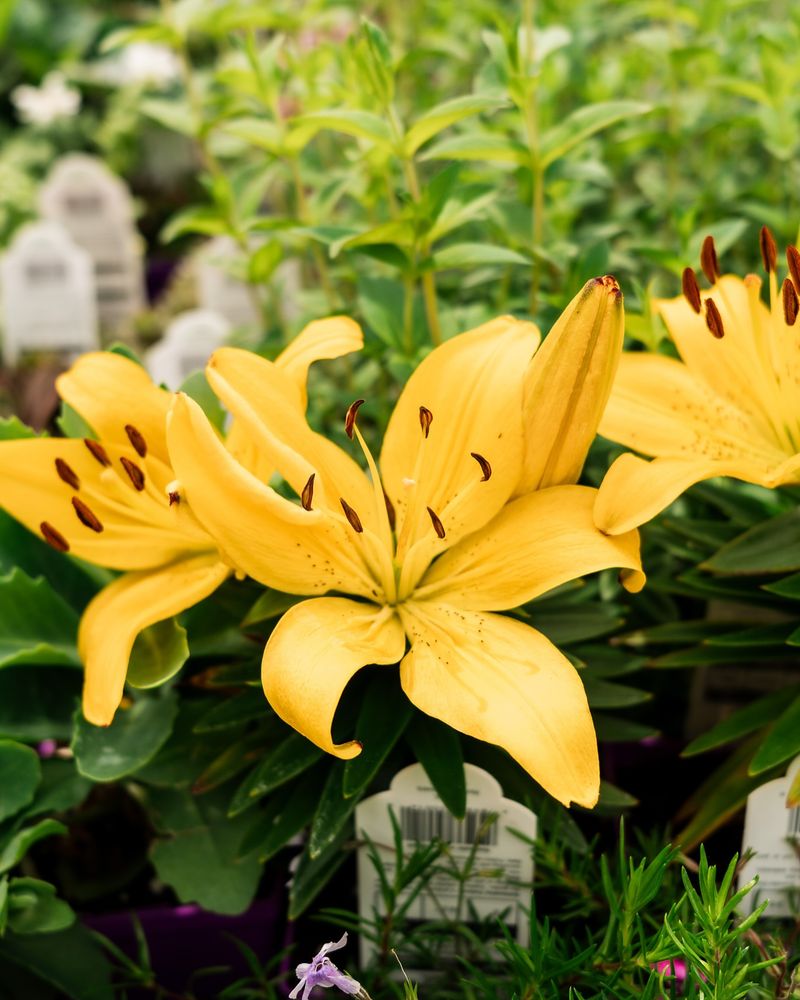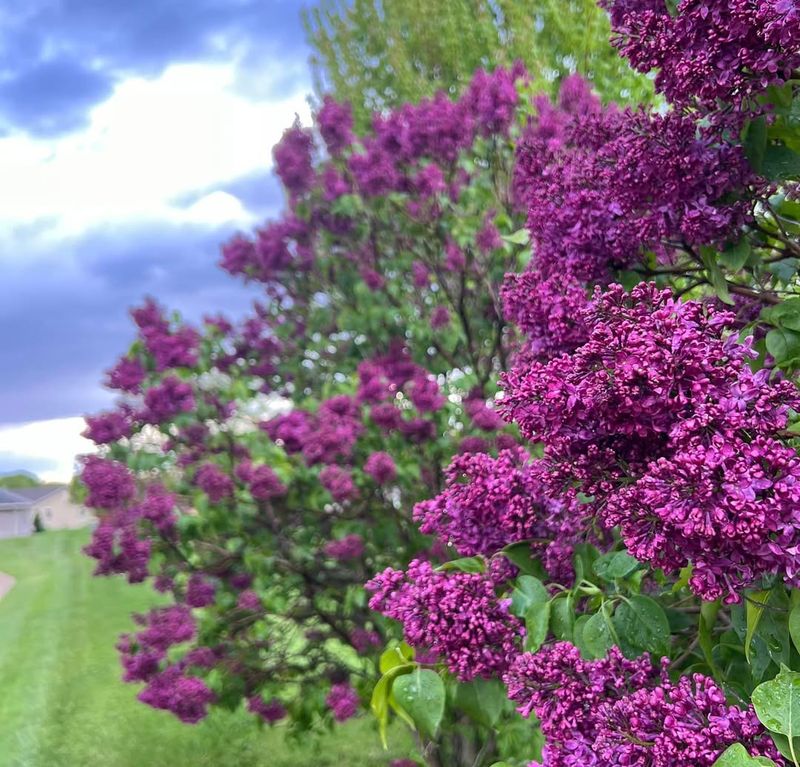November in New York is the perfect window to give certain plants a trim before winter sets in. Pruning now keeps them healthy and ready to bounce back in spring.
I’ve picked thirteen that really benefit from a little attention this month. Your garden will thank you with stronger, more vibrant growth next year.
1. Rose Bushes
Rose bushes thrive when you give them a good trim before winter settles into New York. Cut back any dead or diseased canes first, then reduce the overall height by about one-third to prevent wind damage during snowstorms.
Always make your cuts at a 45-degree angle just above an outward-facing bud. This simple technique encourages better air circulation and helps prevent fungal diseases that love damp, crowded conditions.
Your roses will reward your November efforts with spectacular blooms come springtime!
2. Hydrangeas
Did you know that not all hydrangeas should be pruned the same way? In New York gardens, smooth hydrangeas and panicle types benefit from November trimming, but mopheads and lacecaps should wait until spring.
Remove any dead flower heads and weak stems to tidy up the plant. Cut smooth varieties back to about 12 inches from the ground for vigorous new growth.
Understanding your hydrangea variety makes all the difference in maintaining those gorgeous summer blooms.
3. Butterfly Bush
Butterfly bushes can become leggy and overgrown without proper attention each fall. November is perfect timing for New York gardeners to cut these beauties back hard, removing about two-thirds of their height.
Don’t worry about being too aggressive—these tough shrubs bounce back vigorously in spring. Focus on creating an open, vase-shaped structure by removing crossing branches and weak growth.
Your pollinators will thank you next summer when fresh blooms attract butterflies by the dozens!
4. Clematis Vines
With their stunning flowers and climbing habits, clematis vines need specific care depending on their blooming group. Late-flowering varieties grown in New York benefit most from November pruning, when you can cut them back to about 12 inches above ground.
Remove all the tangled, dead stems to prevent disease and pest problems over winter. Early bloomers should be left alone until after they flower next spring.
Proper timing ensures maximum blooms for your climbing showstopper!
5. Spirea Shrubs
Spirea shrubs bring wonderful spring or summer color to New York landscapes, and November is ideal for shaping summer-blooming varieties. Remove about one-third of the oldest stems right down to ground level to encourage fresh, vigorous growth.
Trim back any wayward branches that disrupt the plant’s natural arching form. Spring-blooming spireas should wait for pruning until right after they finish flowering.
A little November maintenance keeps these reliable shrubs looking their absolute best year after year.
6. Fruit Trees
Apple and pear trees grown throughout New York benefit tremendously from late-fall pruning sessions. Start by removing any dead, damaged, or diseased branches, then focus on opening up the canopy for better sunlight penetration.
Make clean cuts just outside the branch collar to promote proper healing. Avoid heavy pruning in November—save major shaping work for late winter when trees are fully dormant.
Healthy, well-pruned fruit trees produce bigger harvests and resist diseases more effectively throughout their lifespan.
7. Ornamental Grasses
Those graceful ornamental grasses add beautiful texture to New York gardens all summer and fall, but November signals time for a haircut. Bundle the foliage together with twine, then cut the entire clump back to about 4-6 inches above ground level.
Leaving them standing through early winter provides habitat for beneficial insects and adds visual interest. However, cutting them back before heavy snow prevents matted, messy growth.
Fresh green shoots will emerge beautifully when warm weather returns next spring!
8. Forsythia
Forsythia’s cheerful yellow blooms announce spring’s arrival across New York, but November isn’t the time for major pruning. Instead, focus on removing dead wood and any branches damaged by storms or disease.
Save heavy shaping for right after the flowers fade in spring, since forsythia blooms on old wood. Cutting too much now means sacrificing those bright yellow flowers you’re waiting for.
Light maintenance keeps your forsythia healthy without compromising next year’s spectacular early-season display.
9. Raspberry Canes
Raspberry patches in New York gardens need serious attention this month to ensure productive fruiting next season. Cut all summer-bearing canes that produced fruit this year right down to ground level—they won’t fruit again.
Leave the newer green canes that grew this season, as they’ll bear next year’s delicious berries. Remove any diseased or damaged canes completely to prevent problems from spreading.
Proper November pruning dramatically improves your raspberry harvest and keeps plants vigorous and healthy for years ahead.
10. Wisteria
Wisteria’s cascading blooms are breathtaking, but these vigorous vines can quickly overtake New York gardens without regular pruning. November offers a second chance to trim back those long, whippy shoots that grew all summer.
Cut side shoots back to about three buds from the main framework to encourage flowering spurs. This keeps your wisteria under control while promoting abundant spring blooms.
Regular pruning transforms wild, unruly vines into stunning, manageable garden features that neighbors will admire for months.
11. Boxwood Hedges
Boxwood hedges provide year-round structure in New York landscapes, and November is your last chance for light shaping before winter arrives. Remove any dead or diseased branches first, then lightly trim to maintain the desired shape.
Avoid heavy pruning this late—new growth won’t harden off before freezing temperatures hit. Focus on cleaning up the hedge and removing damaged sections caused by summer heat or disease.
Well-maintained boxwoods remain elegant focal points that anchor your garden design through every season beautifully.
12. Perennial Flowers
Many perennial flowers in New York gardens benefit from being cut back in November, though some provide winter interest and should stay standing. Remove foliage from hostas, daylilies, and peonies to prevent disease and pest problems.
Cut stems down to a few inches above ground level and dispose of diseased material properly. Leave ornamental seed heads like coneflowers and black-eyed Susans for birds and visual appeal.
Thoughtful November cleanup sets the stage for spectacular perennial displays when growing season returns next spring!
13. Lilac Bushes
Lilac bushes perfume New York springs with their unforgettable fragrance, but November isn’t the time for major pruning work. These beloved shrubs bloom on old wood, so heavy cutting now eliminates next year’s flowers.
Limit November work to removing dead, damaged, or diseased branches only. Save rejuvenation pruning and shaping for immediately after the blooms fade in late spring.
Understanding when to prune lilacs protects those spectacular, fragrant flower clusters that make them garden favorites throughout the region.

